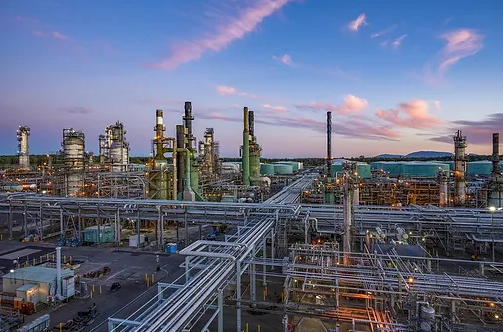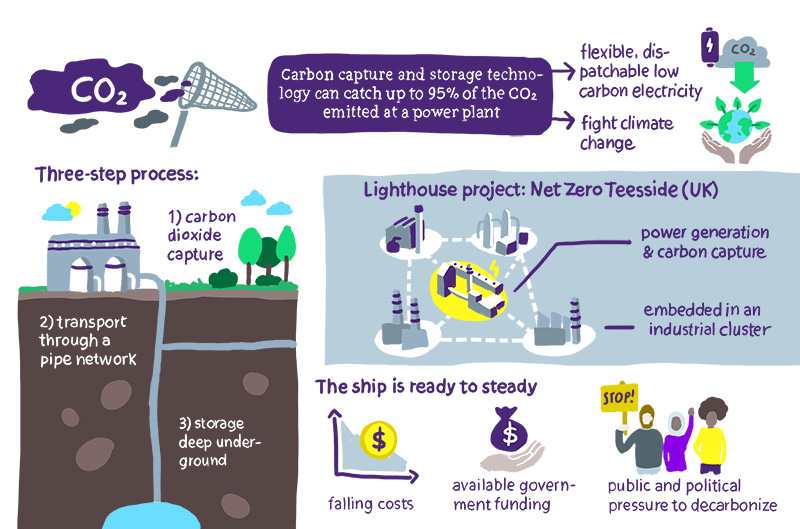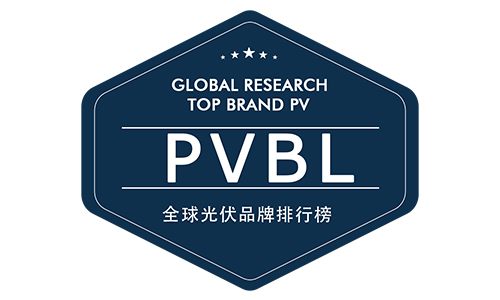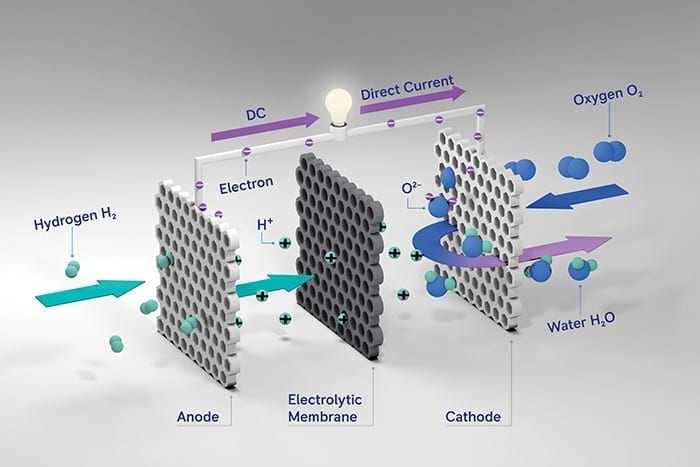Cummins has launched its new PowerCommand Microgrid Control product line for managing, coordinating and optimising distributed energy resources (DERs).

The launch of the MGC300 and MGC900 platforms marks a milestone for the company’s existing supervisory system-level control capabilities and microgrid solutions.
The company claims the solutions will help to simplify and integrate microgrid deployments.
The product line comprises a one-stop-shop suite of solutions that encompasses new hardware, software and services covering all facets of customers’ acquisition, management and servicing of microgrid controllers.
The applications are expected to help optimise DERs for existing users and accommodate prospective DER adopters- particularly those reluctant to enter a previously dispersed distributed generation universe with many standalone products.
Key features of the program include:
New Controllers: The MGC300 and MGC900 were added to the PowerCommand product lineup and can now accommodate both renewable energy and stationary storage integration into the microgrid as well as generator sets and transfer switches.
Flexible Pricing Scheme: The team starts by evaluating the possible microgrid control solutions based on customer-defined objectives and constraints (such as budget). A solution is then tailored to meet those requirements.
Comprehensive Project Compatibility: Across the spectrum, PowerCommand® Microgrid Controls accommodate large, medium, small and micro project sizes, bringing unprecedented level of granularity to the range of possible packages aimed at addressing specific customer needs.
User-friendly Human Machine Interface (HMI): Enhanced end-user interface that includes DERs along with the traditional sources. Customers can now easily check system status sand review performance on the device.
Ann-Kristin deVerdier, Executive Director of Cummins Energy Management segment, said: “Throughout our history, we have been leaders in innovation and sustainability.
“We continue to invest in future technologies and products to meet emission requirements around the world and to work with our stakeholders in supporting decarbonization. For the power generation market, this includes integrated microgrid solutions with battery storage, system-level controls and over time, hydrogen technologies in addition to diesel and natural gas.”
DeVerdier continued: “Across the world, there is a need for clean energy which is reliable and cost effective. We see green incentives or mandates increasingly used to accelerate the energy transition, and renewables are taking up a greater share of investment in energy resources. Renewables help reduce our carbon footprint, but they also create greater volatility across our networks. This leads to increased demand for balancing services and opportunities for customers to participate in new ways in energy markets, for example with microgrids.
“For off-grid applications, we also see reducing carbon and other emissions as well as economics as drivers for new microgrid solutions, especially as costs of new technologies such as storage and PV are coming down. And we, in the power generation business, are trying to address these trends by integrating these renewable technologies into new solutions and innovative business models.”







